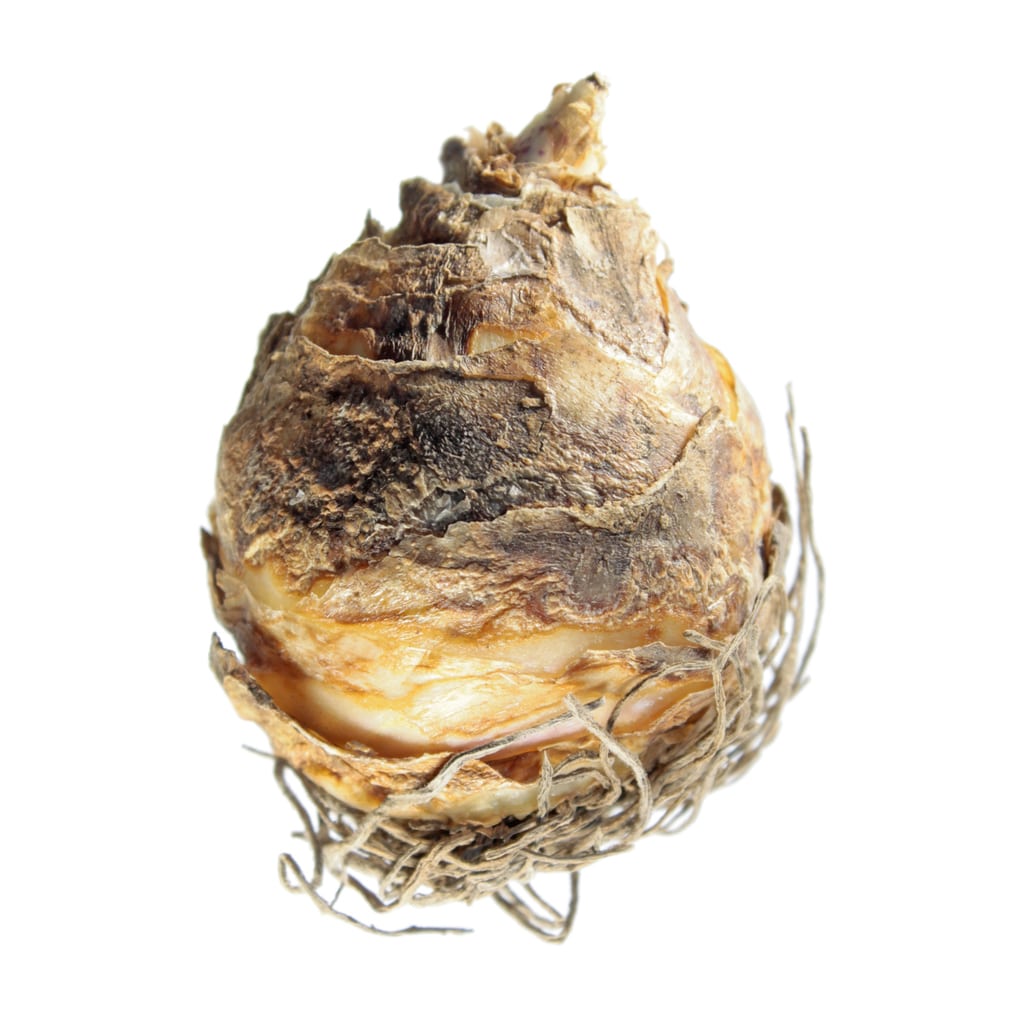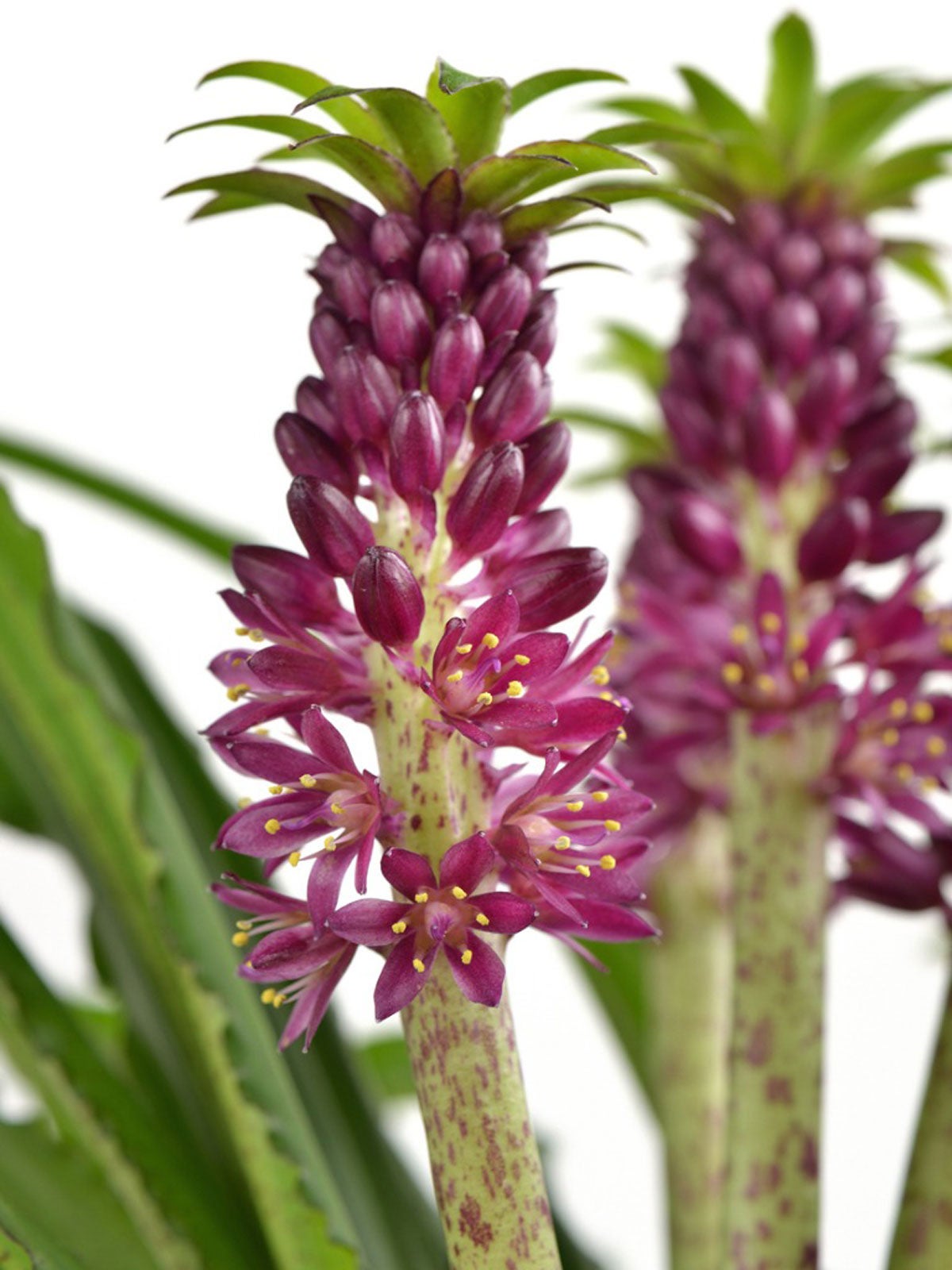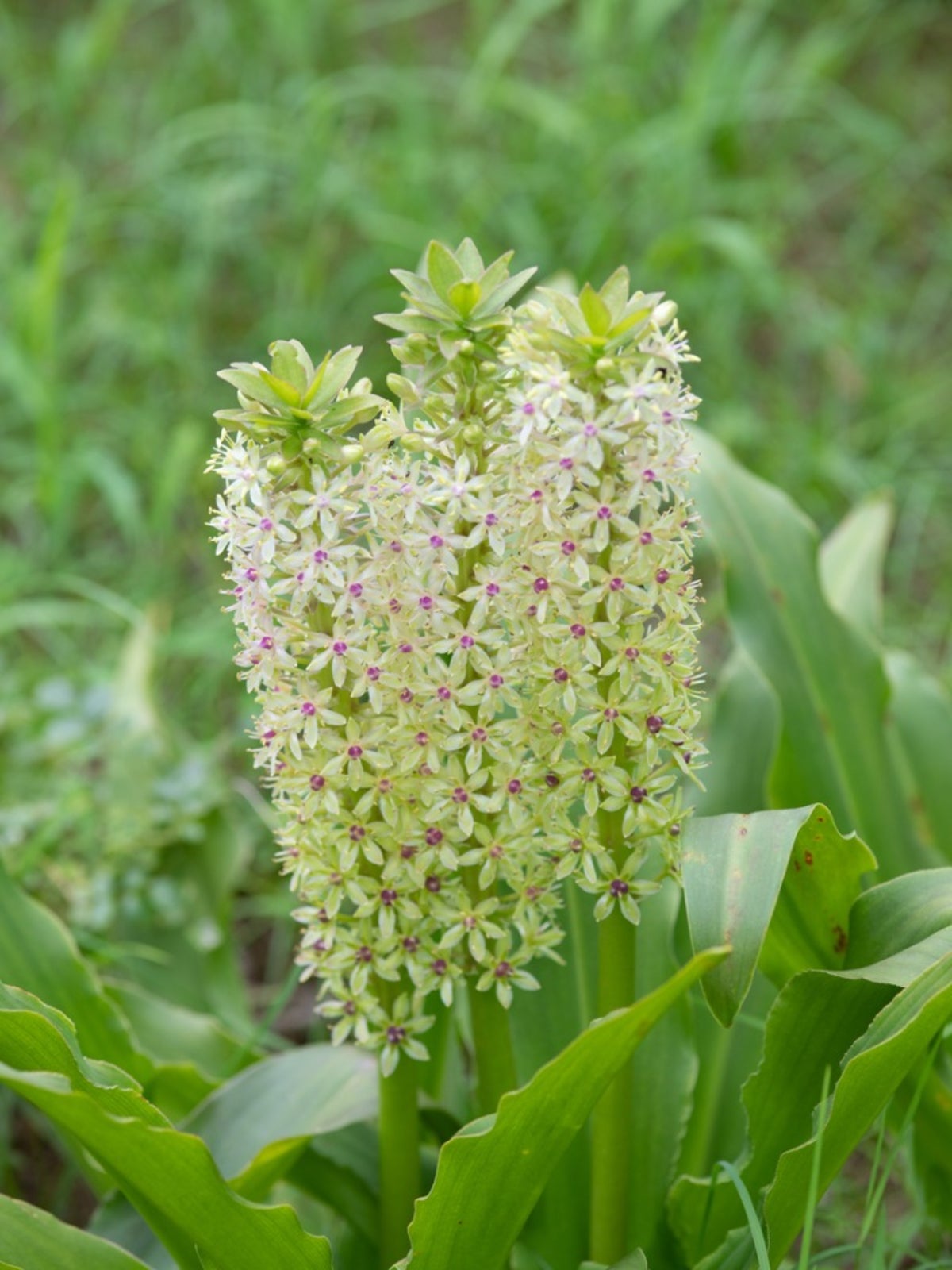Pineapple Lily Cold Tolerance: Learn About Pineapple Lily Winter Care


Pineapple lily, Eucomis comosa, is a striking flower that attracts pollinators and adds an exotic element to the home garden. This is a warm climate plant, native to South Africa, but it can be grown outside the recommended USDA zones of 8 through 10 with the right pineapple lily winter care.
About Pineapple Lily Cold Tolerance
Pineapple lily is an Africa native, so it is not adapted to cold winters and is not cold hardy. This pretty plant is striking in the garden, with spikes of showy flowers that resemble pineapple fruits. It’s a great choice for warm climate gardens, but it can also be grown in colder regions with the right care. If you leave the bulbs out in the garden over the winter they may become injured. Injury is seen on pineapple lilies at temperatures below 68 degrees Fahrenheit, or 20 degrees Celsius. However, with good care for pineapple lily bulbs in winter, you can rely on these plants to produce lovely flowers throughout much of the summer and into fall, year after year.
Winter Care for Pineapple Lilies
In zones that are too cold for these plants, it makes sense to grow them in containers. This makes overwintering pineapple lily plants easier. You can keep them outside in the summer, situating the pots wherever you like, and then carry them in for winter. If you do plant them in the ground, expect to dig up the bulbs each fall, store them over winter, and replant in the spring. As the plant begins to yellow and die back in the fall, cut off the dead leaves and reduce watering. In warmer zones, like 8 or 9, put a layer of mulch over the soil to protect the bulb. In zones 7 and colder, dig up the bulb and move it to a warmer, protected location. Move the entire container if grown in a pot. You can keep the bulbs in soil or peat moss in a location that won’t dip to temperatures below 40 or 50 degrees Fahrenheit (4 to 10 Celsius). Replant the bulbs outdoors, or move the containers outside, only when the last chance of frost has passed in the spring. The bottom of each bulb should be six inches (15 cm.) below the soil and they should be spaced about 12 inches (30 cm.) apart. They will sprout and grow quickly as they warm, ready to give you another season of gorgeous blooms.
Gardening tips, videos, info and more delivered right to your inbox!
Sign up for the Gardening Know How newsletter today and receive a free copy of our e-book "How to Grow Delicious Tomatoes".

Mary Ellen Ellis has been gardening for over 20 years. With degrees in Chemistry and Biology, Mary Ellen's specialties are flowers, native plants, and herbs.
-
 Get Ready For A Summer Of Hummers! Grow These Full Sun Hummingbird Plants and Flowers
Get Ready For A Summer Of Hummers! Grow These Full Sun Hummingbird Plants and FlowersIf you’re lucky enough to enjoy a sunny backyard, make sure you are maxing out on your pollinator opportunities and grow these full sun hummingbird plants and flowers
By Tonya Barnett
-
 12 Lush Alternatives To A Lawn For Sustainable Spaces
12 Lush Alternatives To A Lawn For Sustainable SpacesAlternatives to a lawn are beautiful and also beneficial to your local ecosystem and its pollinators. Explore our top picks for plants to replace grass.
By Tonya Barnett
-
 Aloha Lily Eucomis – How To Grow Aloha Pineapple Lilies
Aloha Lily Eucomis – How To Grow Aloha Pineapple LiliesAloha lily bulbs add an elegant touch of tropical flare to any yard space. Click here for more information on growing these plants.
By Tonya Barnett
-
 Growing Pineapple Lilies - Learn About Pineapple Lilies And Their Care
Growing Pineapple Lilies - Learn About Pineapple Lilies And Their CarePineapple lilies are miniature floral representations of the tropical fruit. Learn how to grow a pineapple lily flower in this article for a unique garden specimen that will make your neighbors stop and look twice.
By Bonnie L. Grant